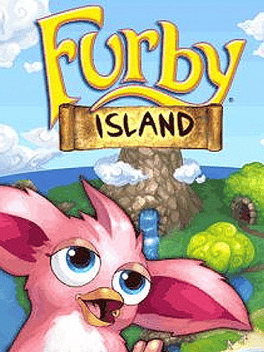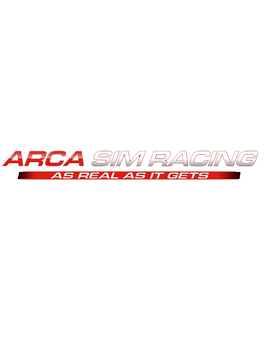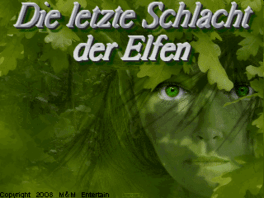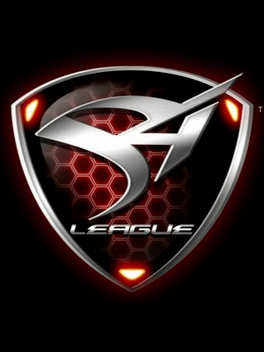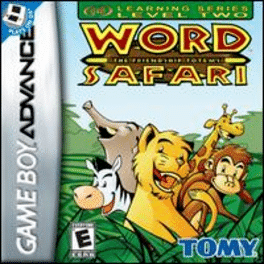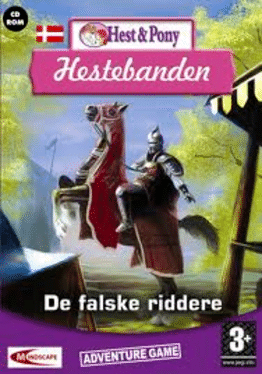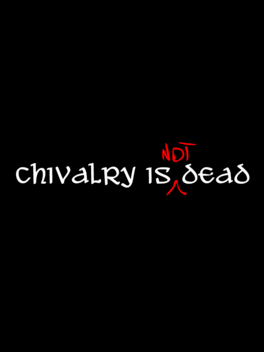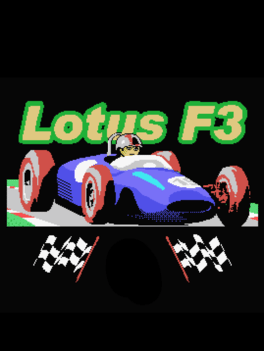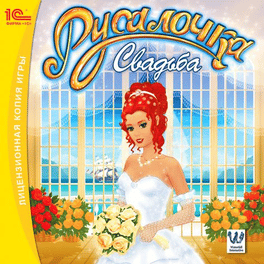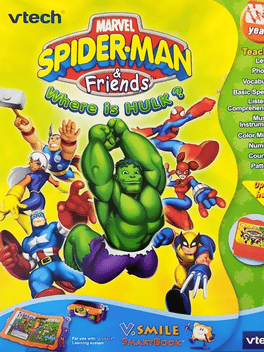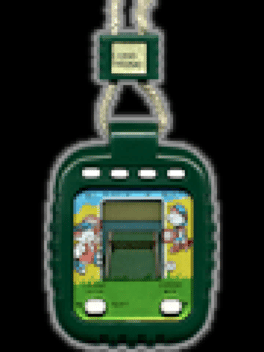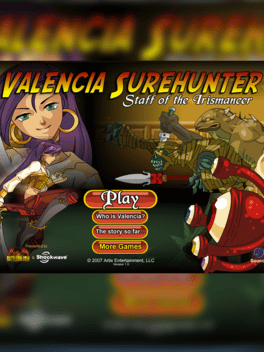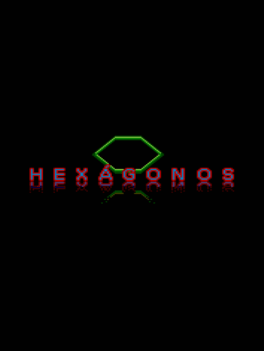New Games - Page 10012
-
Furby Island
2008
Furby Island
2008
Your goal is to host a huge party on Furby Island by assembling the necessary equipment and paraphernalia, a process that entails a series of errands -
ARCA Sim Racing 08'
2008
ARCA Sim Racing 08'
2008
ARCA Sim Racing is a stock-car racing simulator that focus on 2008 ARCA RE/MAX season that happen on OVAL and road courses. -
Die letzte Schlacht der Elfen
2008
Der junge Elf Farodin Enrias bekommt vom König seiner Heimat Sirolan den Auftrag, "nord ostlich entfernt" in ein Loch reinzugehen, um dort zu einen Fürsten der Unterwelt vorzugehen und den schon mal zu schwächen. Dabei trifft er verschiedene Gefährten, die er alle in seine Gruppe aufnimmt. Darunter den gelangweilten Edwin Oddessirion, die ebenfalls gelangweilte Aliya und die viel zu viel plappernde Halbelfin Selphia. Zusammen stellen sie sich diesem und weiteren Fürsten der Unterwelt, die alle dem trickreichen hormongesteuerten Dunkelelf dienen, den es ebenfalls zu bekämpfen gilt. Ein EPISCHES Abenteuer mit TIEFGRÜNDIGER und GUT DURCHDACHTER Story erwartet dich! -
Space Shuttle Mission 2007
2008
A Space Shuttle Simulator for PC. Experience Space Shuttle missions in detail, from pre-launch to in-orbit operations, to re-entry and landing safely on earth. -
Neftelia
2008
-
EpicMafia
2008
-
S4 League
2008
S4 League
2008
star 7.9S4 League is a third-person shooter MMO (Massively Multiplayer Online) game. The four „S” from the title stand for: Style, eSper, Shooting and Sports. The game is a combination between a shooter and a sports simulator, with 3D anime graphics and techno soundtrack. The game has no background story. Players just connect to a virtual world where they have to prove their skills while advancing through all the 100 levels (Beginner, Rookie, Super Rookie, Semi Pro, Pro, S1, S2, S3, S4 - Master), based on the amount of experience points they have gathered after each game played. The player can create up to three characters of either gender. Before players can start a game, the character must have equipped at least one weapon and one skill. Players can choose between close-range, mid-range, long-range (sniping), mental, throwing, and support weapons. Players can also choose between active or passive Skills. Costumes, items, weapons and skills can be bought from the game shop with PEN or AP. PEN is virtual money, earne -
Word Safari: The Friendship Totems
2008
Word Safari combines the best of adventure video gaming with true learning content. To save the tribes of the Serengeti, you must journey across deserts and raging rivers, through thick jungles and hidden temples. You'll need to befriend the animals of Africa and use all your reading, spelling, and language skills to become The Chosen One and save the Sacred Watering Hole. -
We Love Golf!
2008
We Love Golf!
2008
star 8A golf game published by Capcom and developed by Camelot, the developer of Mario Golf, complete with costumes to make your golfer look like Ryu, Ken, Morrigan, and other classic Capcom characters. -
Hestebanden
2008
-
Chivalry is Not Dead
2007
Chivalry is Not Dead
2007
Chivalry Is Not Dead is a video game published in 2007 on Windows by Squinky. It's an adventure game, set in a fantasy and comedy themes. -
Lotus F3
2007
-
The Little Mermaid: The Wedding
2007
"The Little Mermaid: The Wedding" is the continuation of the game "The Little Mermaid: Magical Adventure". The action of the game unfolds in a fairy-tale world that was created based on Hans Christian Andersen's "The Little Mermaid", and which is well known to young players from the first part of the game. This time, however, this world has become even brighter and more beautiful - the game uses the latest three-dimensional graphics. New game locations have been added both in the underwater world and on the surface. -
Spider-Man
2007
Spider-Man
2007
The standard edition of Spider-Man for the HyperScan came bundled with 6 IntelliCards. -
Spider-Man
2007
Spider-Man
2007
A Toys 'R' Us exclusive edition of Spider-Man for HyperScan. It comes with an extra card, number 059, Quick Learner. -
Tennis Menace
2007
-
Valencia Surehunter: Staff of the Irismancer
2007
Zarek, the evil Irismancer, is plotting to unleash his army of eye monsters on the town of Battleon! Using his magical staff (rarity rating of 98.1) he can conjure and control these terrible creatures. Now it is up to Valencia to beating the bad guy and saving the world, even though she seems more interested into receiving the rare staff. It is said no self respecting treasure hunter could pass up a quest like this! -
Hexágonos
2007
Hexágonos
2007
In this game, the player can play a game similar to Othello that involves living organisms as main elements.

